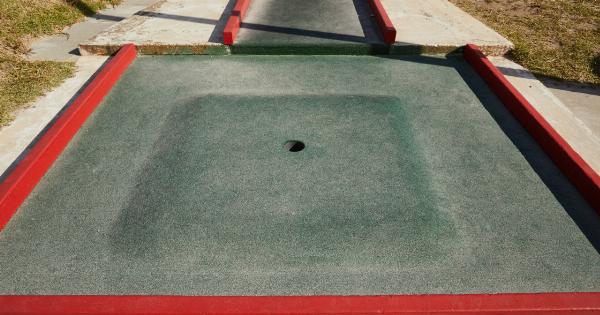Female sexual desire has often been a topic of curiosity and speculation for researchers in the field of sexuality. It is a complex phenomenon that is influenced by factors such as biology, psychology, culture, and society.
The patterns of female sexual desire have been studied over time to understand how it changes with age, experience, relationships, and other variables. Here we explore some of the key findings from the research on female sexual desire over time.
Adolescence
During adolescence, girls typically begin to experience an increase in sexual desire. This is partly due to hormonal changes that occur during puberty, as well as the development of their sexual selves and exploration of their sexuality.
However, cultural and societal factors can also play a role in shaping how girls experience and express their sexual desires. For example, girls may feel pressure to conform to gender norms and expectations around sexuality, which can influence their desire for sex.
Young Adulthood
Young adulthood is a time when women often experience the peak of their sexual desire. This is partly due to the fact that they are at their reproductive prime, with high levels of estrogen and testosterone in their bodies.
Additionally, young women may have fewer responsibilities and more free time to explore their sexuality. However, this is not true for all women, as individual differences in personality, relationship status, and life experiences can also influence sexual desire.
Midlife
As women transition into midlife, there tends to be a gradual decline in sexual desire. This is likely due to a combination of hormonal changes, such as the decline in estrogen levels, as well as the accumulation of life stressors and responsibilities.
However, this decline is not universal and some women continue to experience high levels of sexual desire well into their 50s and beyond.
Elderhood
Elderly women often experience a further decline in sexual desire as they age. This is thought to be due to the changes in hormones associated with menopause, as well as the physical and psychological changes that occur with aging.
However, despite the decline in sexual desire, many elderly women continue to enjoy sexual activities and experience sexual pleasure.
Pregnancy and Postpartum
During pregnancy, many women experience changes in sexual desire. This is partly due to the hormonal changes associated with pregnancy and the physical changes that occur in the body.
However, cultural and societal factors can also play a role in shaping how women experience and express their sexual desire during this time. After childbirth, women may experience further changes in sexual desire due to the physical and emotional demands of taking care of a newborn.
Relationships
The quality and length of a woman’s relationship can also influence her sexual desire. In the early stages of a relationship, there tends to be a high level of sexual desire as couples explore their sexual compatibility.
However, over time, the intensity of sexual desire can wane as the relationship becomes more stable and predictable. Additionally, the quality of the relationship, including factors such as communication, trust, and emotional intimacy, can also influence a woman’s sexual desire.
Individual Differences
Despite the general patterns of female sexual desire over time, it is important to recognize that there is a great deal of individual variation in how women experience and express their sexual desires.
Personality traits, life experiences, cultural and societal factors, and other variables can all play a role in shaping a woman’s sexual desire. Additionally, women may experience fluctuations in sexual desire throughout their lives, which may be influenced by other factors such as stress, illness, or medications.
Cultural and Societal Factors
Finally, it is important to recognize the role that cultural and societal factors play in shaping how women experience and express their sexual desires over time.
Societal messages about gender roles and sexuality can influence how women view and understand their sexual desires. Additionally, cultural norms around sexuality, such as attitudes toward premarital sex, can impact a woman’s sexual desire and behavior.
It is important for researchers, clinicians, and policymakers to understand these factors in order to promote healthier and more positive expressions of female sexuality.





























